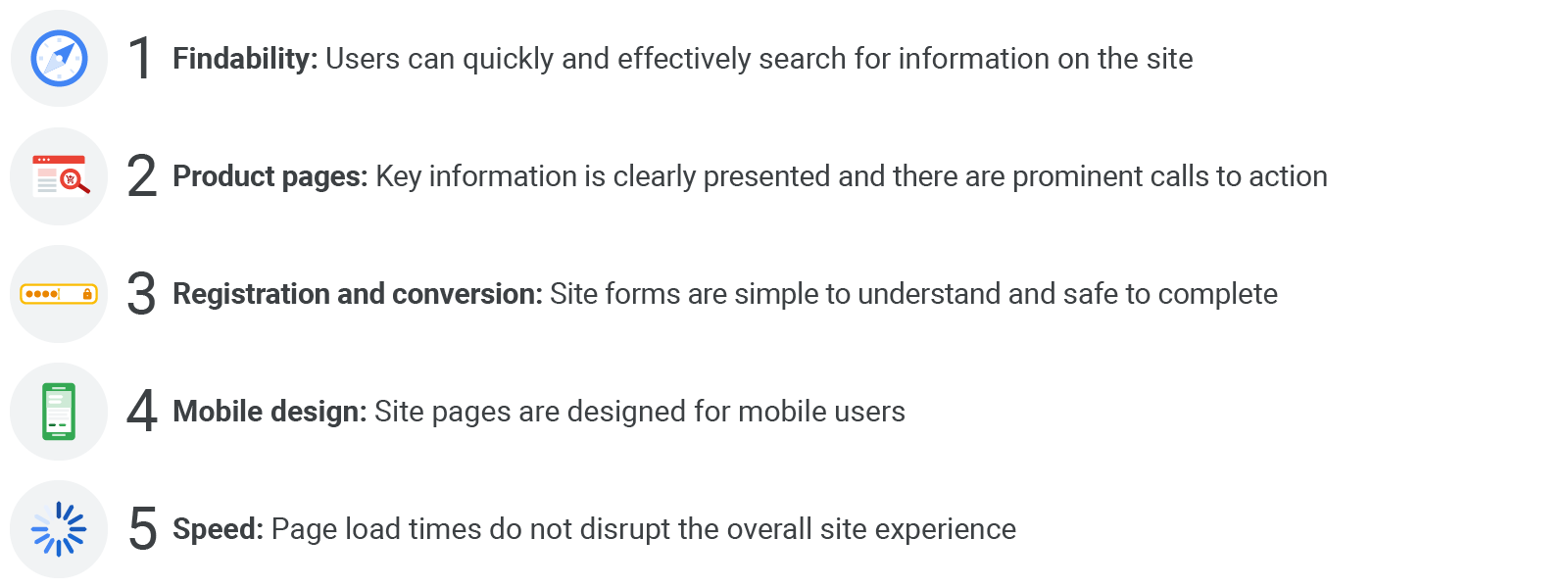Be fast, be seamless, be engaging: These are the three key things brands need to consider when enhancing their mobile experience. Here, Google APAC’s director of performance solutions shares his top tips for creating an optimized mobile site and delivering a lag-free experience.
Today, mobile users in APAC expect brands to meet — and exceed — their ever-growing expectations. However, even with consumer expectations higher than ever before, brands in APAC are still delivering slow sites and poor usability, with the average mobile page loading at 6.4 seconds.1 That’s far too slow when you consider that 53% of mobile site visits leave a page that takes longer than three seconds to load.
Marketers in APAC need to reconsider whether their brands’ mobile sites are up to par, and here we identify three key tips for creating a flawless mobile user experience.
3 principles for better mobile user experiences:

Be fast: Provide faster load times
Simply put, today’s technology helps consumers accomplish their daily tasks, such as booking flights and ordering dinner, with a simple tap of a screen. With only seconds to influence site visitors, more brands are turning to Accelerated Mobile Pages (AMP), which relies on custom HTML to enable speedy load times on mobile devices.
Case in point: by implementing AMP, Philippines-based real estate firm Ayala Land’s mobile site load time dropped from 15.5 seconds to four seconds, and online sales inquiries increased by 85%, proving speed is key to ensuring future success.
Be seamless: Build a frictionless mobile experience
Consumers want their phones to be a reliable helper on-the-go, and they’re turning to brands with mobile sites that ensure productivity and immediacy. Over 50% of people say their phones help reduce stress and anxiety in their lives,2 so when one of the five key areas impacting mobile experience is causing friction, people naturally turn to another site that satisfies their needs with ease. That’s why delivering on people’s desire for efficiency and a worry-free experience has become essential.
5 key areas impacting mobile experience score:

DODA, one of the largest job portals in Japan, was struggling to reduce drop-offs, especially on its mobile site. Job listings can contain an overwhelming amount of information, making the experience even more trying for users. So, to make the job hunt easier, findability was prioritized by revamping its landing page and search features, including recognition of root words and predictive text.
By simplifying the call to action on its landing page and reducing the number of steps needed to view a job listing on the site, DODA improved its bounce rate by 12.5% and achieved a 26% higher conversion rate. Plus, it made the daunting job hunt a little more manageable.
Be engaging: Create an immersive site
Traditionally, mobile sites had few engagement features. However, new tools are enabling fast, app-like experiences with the reach of the web, which is key for shopping brands. Nearly half of consumers say they won’t consider purchasing from a poorly designed mobile site,2 so many marketplace leaders are turning to Progressive Web Applications (PWA). PWA offer an immersive, full-screen experience along with push notifications and improved load times, even on patchy 2G and 3G networks. The end-experience feels just like an app — but without sapping precious data and memory space.
This proved especially relevant for Southeast Asian online marketplace Carousell. The marketplace wanted to deepen its presence in Indonesia and the Philippines, where most shoppers owned low-end smartphones and weren’t likely to download the app. So, Carousell decided to build its mobile site using PWA. Through this, the site preloaded key resources, allowing it to run reliably regardless of network availability. It also let shoppers add the site to their home screens, making it readily accessible—just like an app. Through PWA, Carousell ultimately reduced page load speed from 13 seconds to four, increased web traffic by 60%, and, most importantly, grew new user acquisition by 46%.
Taking action with the right tools
Having a great mobile site is critical to building a strong brand, and it starts with pinpointing the problem at hand. First, test your website’s page speed performance and mobile-friendliness. Then pick the solution that will help you take your mobile site’s experience from slow to seamless:

Sharpening your brand’s mobile experience comes down to laying the groundwork with small improvements that’ll help keep mobile users delighted, engaged, and, ultimately, coming back for more.
Our upcoming “Mobile of Masters” research (to be launched at the end of September) will further break down what comprises a “good” site. We analyzed 700 of the most trafficked brands in APAC to identify what comprises a winning mobile experience and how leading brands are delighting their consumers on mobile.







